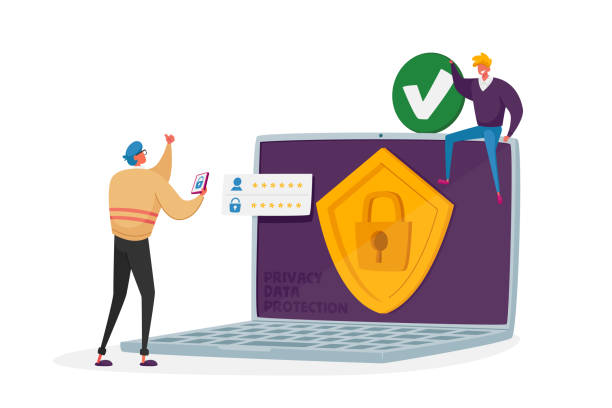
If you’re reading this, chances are you’re panicking, or at least a little worried about how to fix a hacked website. First, take a deep breath. You’re not alone, and yes, it’s fixable. Many website owners, even big businesses, have faced this situation. But the good news is that you can recover your site, clean it up, and make it more secure than ever.
I’m going to walk you through how to fix a hacked website and get your website back on track.
How to Fix a Hacked Website (Start Here)
Fixing a hacked website isn’t just about deleting a few suspicious files. It’s about fully understanding what went wrong, so you don’t end up in this situation again.
Let’s not waste time. The first step to fix a hacked website is knowing that it’s actually been hacked. Sometimes, it’s obvious; your homepage is defaced, or your users are redirected to a sketchy page. Other times, it’s more subtle; your site is slower, files are behaving oddly, or you’re getting strange alerts from Google.
Once you confirm your site’s been compromised, here’s what to do:
Spot the Signs of a Hack
The first step to fix a hacked website is figuring out whether you’ve actually been hacked. Here are some warning signs:
- Your site redirects to unknown pages
- Google shows a security warning
- Strange popups or messages appear
- Unusual user accounts or files show up
- You get a notification from your web host or security plugin
Don’t ignore these. The faster you act, the less damage you’ll have to undo.
Put the Site in Maintenance Mode
You want to stop the attack and protect your users. If you’re using WordPress, plugins like “WP Maintenance Mode” can help. Otherwise, your hosting provider can temporarily disable the site for you.
Backup the Current Version
I know what you’re thinking, yes, it’s hacked. Still, make a copy. You might need to investigate how the hacker got in or recover parts of the site later. Just don’t overwrite any existing clean backups you may have.
Scan Your Site for Malware

Use a trusted security tool to scan your site. Some free ones include:
- Sucuri SiteCheck – Great for surface-level checks
- Wordfence – Ideal for WordPress sites
- MalCare – Quick, automated malware removal
- Your host’s security tools – Many now offer built-in malware scans
These will point out the files or code that have been tampered with.
Clean Up the Mess
This is the heart of fixing a hacked website. Here’s what you need to do:
- Delete suspicious files or code snippets
- Remove users or admins you didn’t create
- Reinstall your CMS core files (like WordPress, Joomla, etc.)
- Replace infected files with clean versions from backup or fresh downloads
If this sounds too technical, don’t stress. You can hire a professional or use premium services from Sucuri or your web host.
Restore a Clean Backup
If you know exactly when your website was still safe, restore it from that backup. But make sure it’s a clean backup, otherwise, you’ll just reintroduce the hack.
Change Passwords and Update Everything
Once the cleanup is done:
- Change every single password including admin accounts, hosting, email, FTP, database
- Update your CMS, themes, plugins, and extensions
- Remove anything you no longer use
This step is vital to closing any doors the hacker may have used.
Strengthen Your Website Security
You’ve done the hard work to fix a hacked website. Now it’s time to protect it.
- Set up daily or weekly backupsInstall a firewall (Sucuri, Wordfence, or your host’s solution)
- Use strong, unique passwords
- Enable two-factor authentication
- Install an SSL certificate if you haven’t already
These measures go a long way in preventing future attacks.
Conclusion
Dealing with a hacked website can be really frustrating, but you don’t have to face it alone. It’s okay if it takes some time and learning. What matters most is that you’ve taken action. Bookmark this post, share it with others, and come back to it if you ever need a refresher. And remember, the best way to fix a hacked website… is to make sure it doesn’t get hacked again. Stay safe out there.














